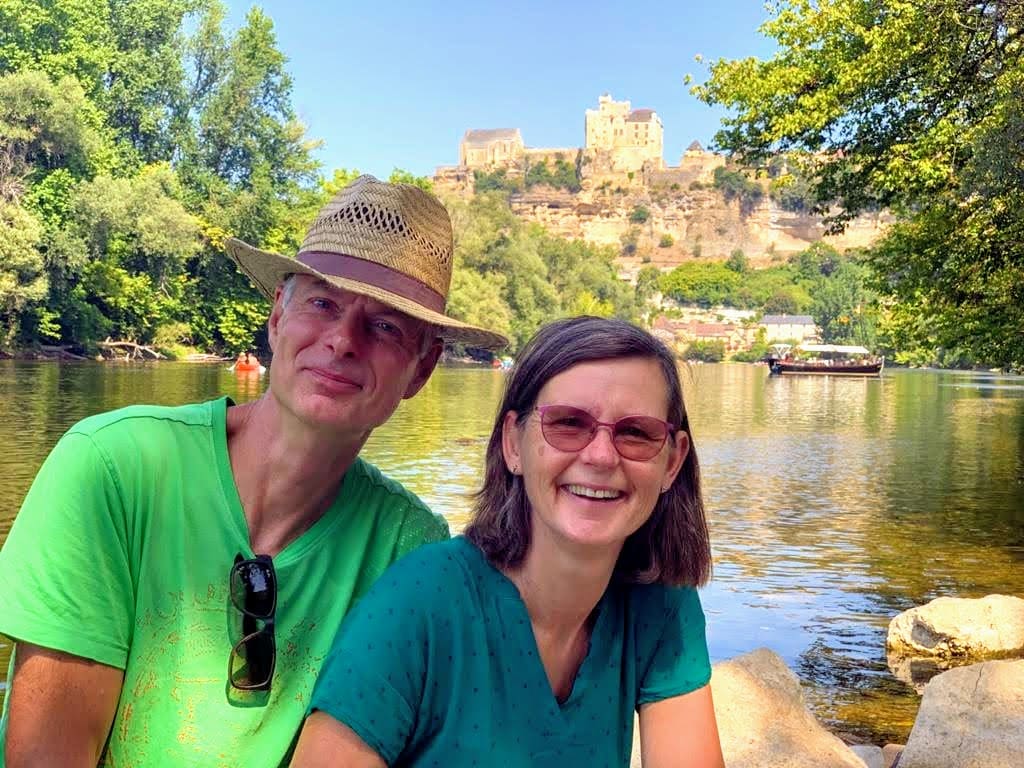
Verslavingspreventie: omgaan met triggers
Stel je voor: je bent op een feestje waar iedereen gezellig een glaasje drinkt. De


Stel je voor: je bent op een feestje waar iedereen gezellig een glaasje drinkt. De

Wanneer we denken aan verslaving, komt vaak het beeld van een donker pad voor ogen

Als je denkt aan het verbeteren van je fysieke fitheid, denk je waarschijnlijk meteen aan